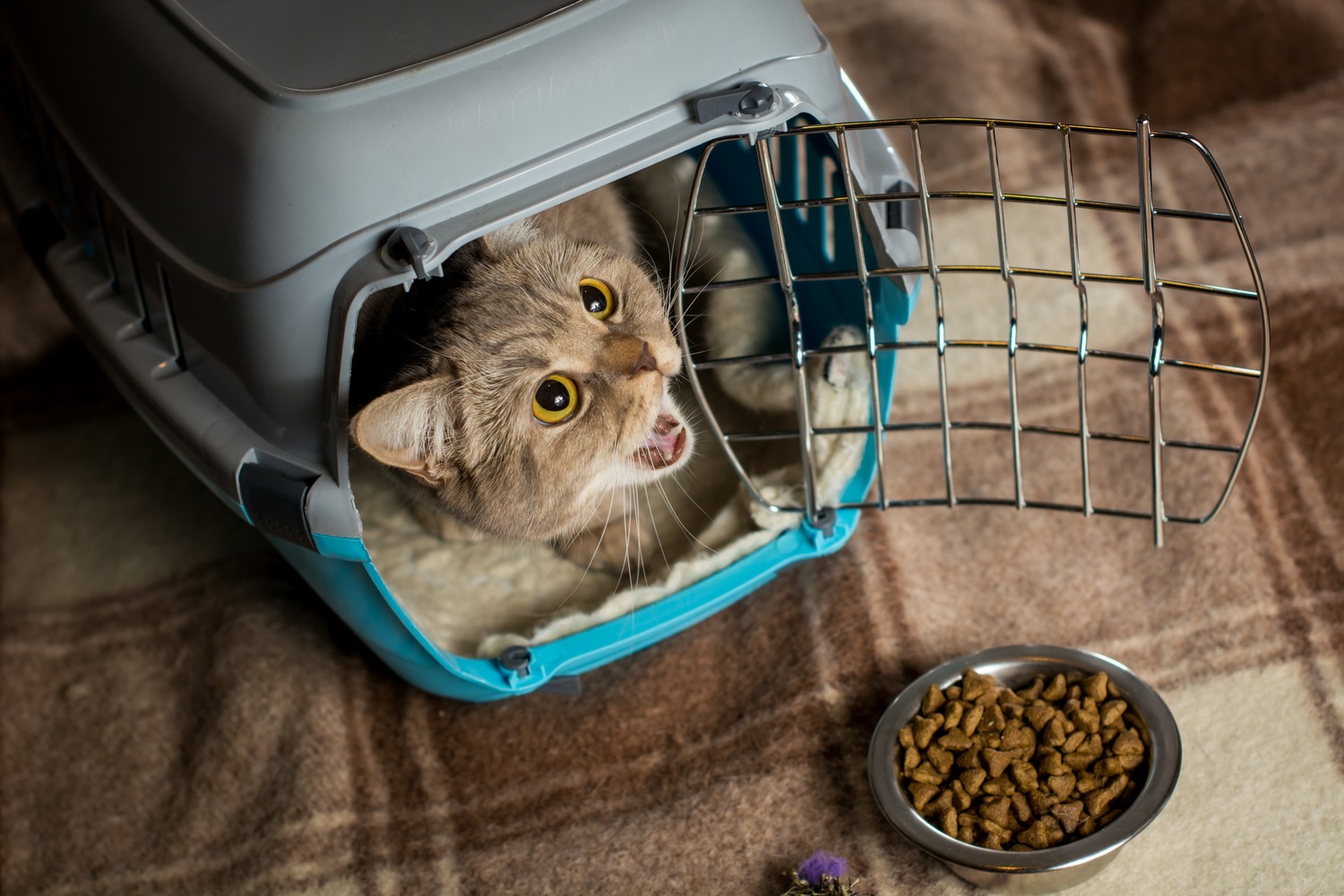
6 Telltale Signs a Cat Isn’t Feeling Well
Your cat is an important member of the family. However, unlike your husband or teenager, your beloved feline isn’t able to verbalize when they are feeling unwell, especially if your cat develops a chronic condition and shows subtle symptoms over time. Cats, as a survival instinct, also tend to hide their illness (as this protects them from predators in the wild). However, certain symptoms that last over time—such as vomiting, diarrhea, loss of appetite, lethargy, increased thirst, and mobility issues—can indicate an existing health issue and even an emergency that needs immediate veterinary attention enough to prompt an in person or online vet appointment, or a reason to contact your pet insurance provider for more information:
1. Litterbox changes
Changes in urination is a common sign that your cat may have an underlying health issue—including a urinary tract infection (UTI) or a problem with their kidney function. Look for and monitor your pet for any changes in urinary frequency and quantity, blood in urine, or urination outside of the litter box (did you recently change litters, try Clorox Fresh Step litter). An emergency arises when cats strain to pee but no urine is released. If this occurs, please bring your cat to a vet immediately.
2. Behavior changes
Changes in your cat’s behavior can be spurred by stress (i.e., a move), fear (i.e., introduction of a new pet to the home), or even age. However, when a typically friendly feline is suddenly aggressive, afraid, or disoriented, you need a vet’s opinion to rule out an underlying health issue like painful arthritis, neurological problems, hearing or vision loss, or cognitive dysfunction. Increased vocalization from a once calm cat may also indicate pain or anxiety.
3. Overgrooming
While it’s normal for a stressed cat to groom as a soothing mechanism to calm temporary anxiety, overgrooming can indicate an underlying skin issue or chronic pain. If you notice your cat overgrooming, especially if they lick off patches of hair on the belly, haunches, or legs, contact your vet to try to get to the root of the problem.
4. Limping and mobility problems
Felines limp for a wide variety of reasons—for instance, a cut, ingrown claw, sprain, or a fracture. However, chronic limping and issues jumping up and down may indicate an underlying injury or arthritis. Even if your cat is eating and acting normally, sudden mobility issues should prompt a vet visit.
5. Swelling
Lumps or swelling on any area of your pet should never be ignored. Swollen spots can indicate a wound that has become infected and turned into an abscess, or a tumor. Monitor any lumps closely. Lumps that are painful, warm or hot, or those that don’t improve over a few days will require a vet assessment.
6. Bad breath
Kitties that develop foul breath probably have an underlying dental problem. Severe halitosis, excessive drooling, bleeding from the mouth, and cats that pull away when you try to stroke their chin and mouth may have an oral infection or abscess tooth. Untreated dental abscesses leave the body exposed to bacteria, which may pose heart and organ issues.



